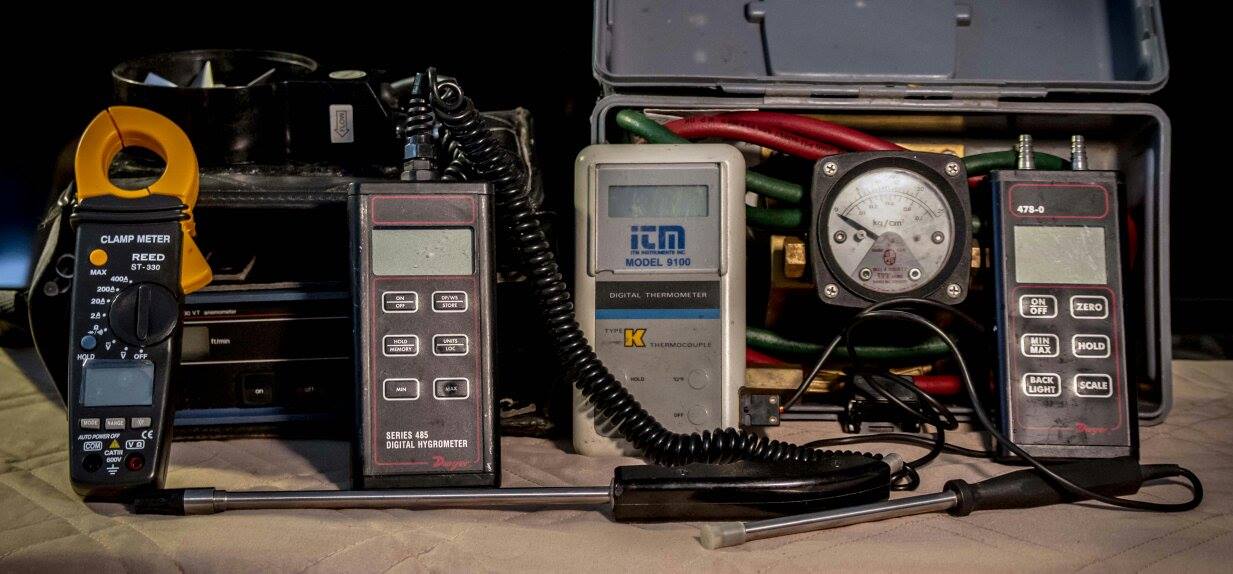Gas Trace VAV Fumehood, What is VAV fumehood gas trace, Why gas trace test a VAV fumehood
Gas Trace VAV fumehood (Variable Air Volume) speaks to what is VAV fumehood gas trace, Why gas trace test a VAV fumehood.
Variable air volume fume hoods at the time of initial installation require two extra tests to be done.
VAV Response and Stability Test
Sash Movement Containment Test
Existing fume hoods require the test to be done once every five years.
Gas Trace Test VAVFH are as described in PWGSC document MD15128-2008 document Guidelines for Building Owners, Design Professionals, and Maintenance Personnel.
VAV Response and Stability Test
Gas Test VAV
Dynamic VAV Response and Stability Tests are conducted to ensure that the VAV controls meet the required criteria over a range of operating modes as described in document MD15128-2008 Table 1.
The tests consist of a measurement of flow while raising and lowering the sash at an approximate rate of .5 meters per second or following a change in operating mode.
The VAV tests consist of a 5 minute flow response test and two five minute flow stability tests.
The flow response test is conducted by recording slot velocity while raising and lowering the sash three times in a 5 minute period. The sash is raised and lowered smoothly at a rate of .5 m/s. The sash is in the closed position for 30 seconds and then at the design operating height for 60 seconds during each of 3 cycles.
The flow stability test is conducted with the sash closed for five minutes and opened to the design operating height for 5 minutes. The stability tests determine the ability of the VAV controls to maintain stable flow at the minimum flow set point and to maintain the flow required to achieve the specified average face velocity at the design operating height and any other height.
To perform this test the below listed equipment is required:
Test cart
Laptop computer
Flow sensor in exhaust duct near damper actuator.
Velocity probe measuring slot velocity in fume hood.
The response and stability tests can be conducted by measuring exhaust flow directly using a flow sensor mounted in the duct OR by measuring fume hood slot velocity.
Using slot velocity, flow response is determined by placing the tip of the velocity probe in the slot behind the baffle, where changes in slot velocity are directly proportional to the changes in flow.
The velocity probe is mounted in a secure stand with the probe located in the centre of the baffle slot opening. The velocity probe can be oriented to measure air velocity entering the slot, or it can protrude through the slot to measure vertical plenum velocity.
Slot velocity or flow is recorded at a rate of at least one sample per second using a data acquisition system or data logger, while raising and lowering the sash.
Sash Movement Containment Test for Trace Gas Test VAVFH
The Sash Movement Containment Test is conducted to determine the potential for escape of contaminants from the hood following the movement of the sash
To perform this gas trace test VAVFH the below listed equipment is required:
Test cart
Mannequin
Laptop computer
Detector (sensor at mannequin nose)
Gas ejector
The fume hood will be complete with a VAV control system.
The mannequin is placed at the center of the hood opening while tracer gas is generated through an ejector located in the hood in front of the mannequin.
As in the VAV response test, the sash is raised to design operating height and lowered three times at a rate of approximately .5 m/sec. The sash is closed 30 seconds and opened for 60 seconds during each of three cycles.
Tracer gas is measured using an appropriate detector and recorded at a rate of 1 reading per second, using a data acquisition logger. Data is analyzed to determine the five minute average and maximum concentration in ppm escaping the hood.
Note:
For VAV fume hoods, the VAV Response and Stability Tests and the Sash Movement Containment Test can be conducted at the same time. This will save some time and provide a direct correlation between flow variations and gas escape from the hood.
Acceptable Results for Gas Trace Test VAVFH
Tests with sash heights at 660 mm and 450 mm.
Done at manufacturer facility:
At peak as manufactured : <0.10 ppm
5 minute average: <0.05 ppm
As Installed:
Sash movement effect:
At peak <0.10 ppm
5 minute average: <0.05 ppm
As Used:
Sash movement effect:
At peak <0.10 ppm
5 minute average <0.05 ppm
Return to Laboratory Control
Return to homepage.
Hard copy and E book for sale. Introduction to Building Mechanical Systems. Click here.
Hard copy and E book for sale. What's Killing You and What You Can Do About It. A humourous look at ageing and disease. Click here.
